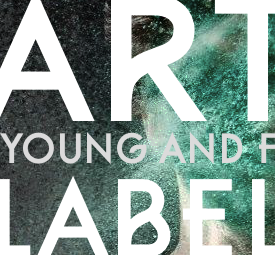




“Singapore is without a doubt the handiest and most marvelous city I ever saw, as well planned and carefully executed as though built entirely by one man. It is like a big desk, full of drawers and pigeon holes where everything has its place, and can always be found in it.” William Hornaday, 1885.
A 270 square mile city-state with its 63 islands, merely one degree north of the equator, with a multicultural population of 6 million people. A sort of walk through nations.
Even though Singapore only became a modern country in 1965, the history of this little Asian land goes back a long way, when the Chinese and Malaysian ships would stop over.
It was Thomas Stamford Raffles, a British lieutenant and governor who, convinced that Great Britain should expand to southeast Asia, disembarked in Singapore in 1819 and began the island’s ascent. Raffles, happy with his achievement, wrote a few years later: “It is impossible to imagine a place that offers so many advantages… it is the centre of Malaysia.”
Nowadays, Singapore is divided in two: on one side there are the foreigners with good jobs, on the other there are the rest, the Chinese, the Malaysian and the Indians, holding on to this land with their traditions and customs.
Lacking in specific natural resources, it has become one of the busiest ports in the world, the second after Rotterdam, Netherlands. The biggest ships in the world can be seen from the Sentosa island, a well-known entertainment centre of the city only 500 meters away from the southern coast, while tourists can enjoy any kind of water sports.
The population is, however, tormented by a feeling of uncertainty: as soon as the citizens start getting used to the modern buildings, bigger ones are built thus ruining entire kampungs (old Malaysian villages) and poor neighbourhoods.
Three towers with 55 floors support Skypark, located at the height of 200 meters with a tropical garden, a swimming pool and an observatory. This is not the only example of the breath—taking architecture of Marina Bay, a vast area of improved land transformed into a basin of fresh water to reduce the dependency on the Malaysian waters. The area lacks in residential neighbourhoods and places of worship, as there are mainly shopping centres, convention centres, offices and hotels. On the one hand, there is the Esplanade – Theatres on the Bay, works of Modern art resembling a durian (beloved fruit among the locals, but forbidden in closed public places due to its strong aroma), on the other side the Gardens by the Bay with the Supertree Grove, a forest with giant trees covered with creepers.
From the Singapore Flyer, the tallest panoramic wheel in the world, you can enjoy all of Marina Bay, as the view spans up to 45km.
Buildings in a Palladian and Victorian style, requested by the founder of Singapore, Sir Raffles, present in the Old Town are in high contrast with the traditional houses that you can still find in Chinatown and Little India, neighbourhoods where religion and gastronomy still have their place.
Fortunately, the Butik Timah Nature Reserve still survives, 164 acres of rainforest located on the highest point of the island. It is a refuge for what is left of Singapore’s fauna: long tailed monkeys, pythons and dozens of bird species. According to British naturalist David Bellamy, there is more variety of trees in the reserve than in all of North America.
The quality and standard of living are among the highest in the world. Everything is established for a quality and respectful cohabitation with one’s neighbours: cars almost never honk their horns, no one yells in the streets, you have to wait in line to take the subway and the police does not accept or tolerate anyone who makes the streets dirty.
The state controls everything, from public bathrooms to stepping outside the crosswalk. Crime is non-existent, but this is not surprising given the cruel physical punishment to whoever breaks the law. Drug trafficking is still punished with death by hanging.
Personal freedom is sacrificed in the name of well-being, even though these last years the state has loosened the daily control of the inhabitants of Singapore. Keep in mind that chewing gum has already been sold for some years now.
- Share:
- Tweet
- Share on Tumblr




